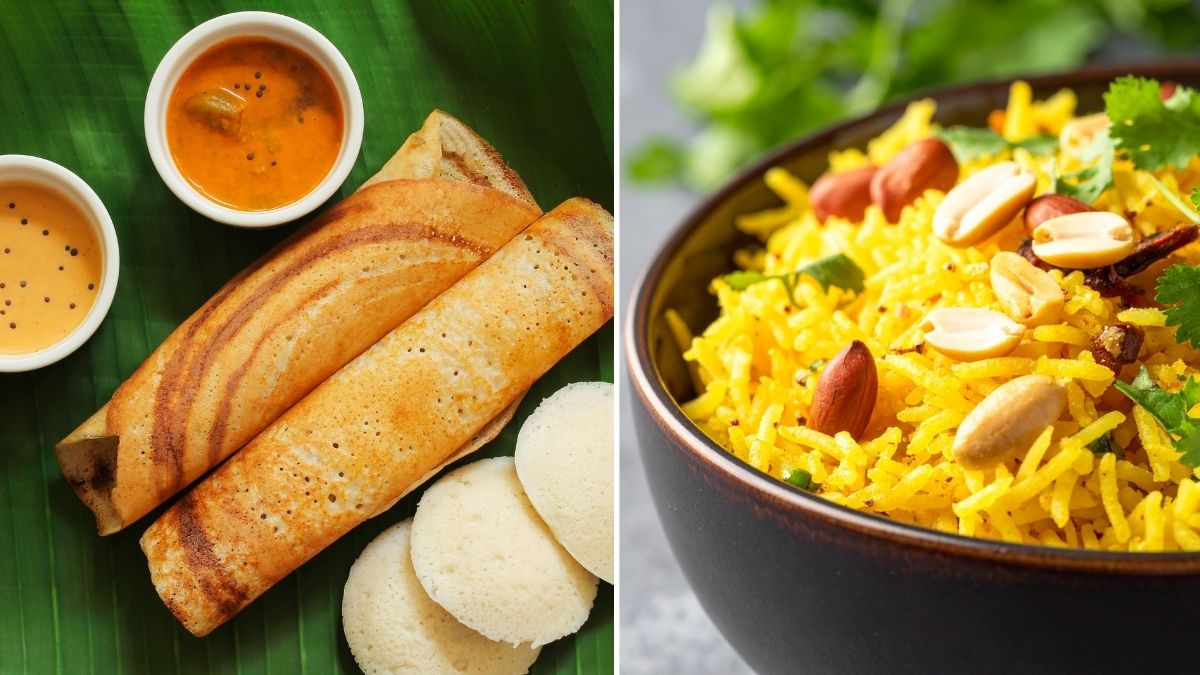Ever wondered what a typical Indian breakfast looks like? It’s way more exciting than just toast and coffee.
From fluffy idlis in the South to spicy parathas in the North, Indian breakfasts are flavorful, hearty, and full of variety. Whether you’re planning to host an Indian-style brunch or simply want to spice up your mornings, this guide will walk you through everything you need to know.
Let’s explore what makes a traditional Indian breakfast so special – and what you can serve to make it authentic!
What Is a Traditional Indian Breakfast and Why It Matters
A traditional Indian breakfast is a warm, home-cooked meal that fuels the day – often more filling than a Western breakfast.
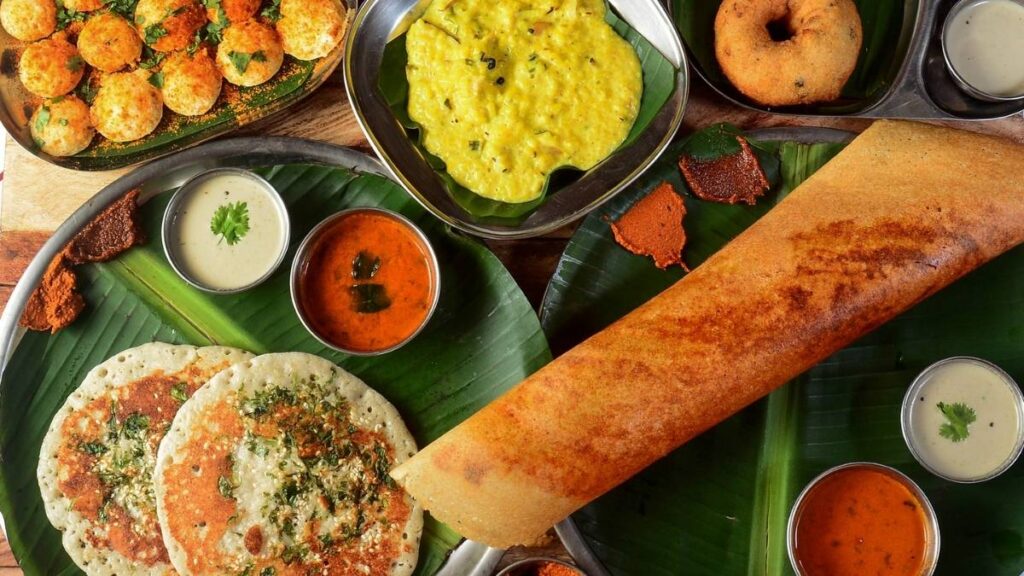
It includes a mix of carbs, proteins, and spices, often served with chutneys, pickles, or yogurt. Unlike grab-and-go breakfasts, Indian mornings are centered around comfort, flavor, and family time.
Plus, every region has its own breakfast identity – making it one of the most diverse meals in the country.
Where Indian Breakfasts Come From – Regional Variety Explained
One of the best things about Indian food is how much it changes with geography. Here’s a quick breakdown of popular breakfast dishes by region:
| Region | Popular Dishes | Special Notes |
|---|---|---|
| North India | Paratha, Poha, Chole Bhature, Aloo Puri | Often served with pickles, yogurt, or butter |
| South India | Idli, Dosa, Upma, Pongal, Medu Vada | Served with coconut chutney and sambar |
| West India | Thepla, Kanda Poha, Dhokla, Misal Pav | Light yet spicy and filling |
| East India | Luchi & Aloo Tarkari, Chirer Pulao, Panta Bhaat | Mild and comforting; often served with banana |
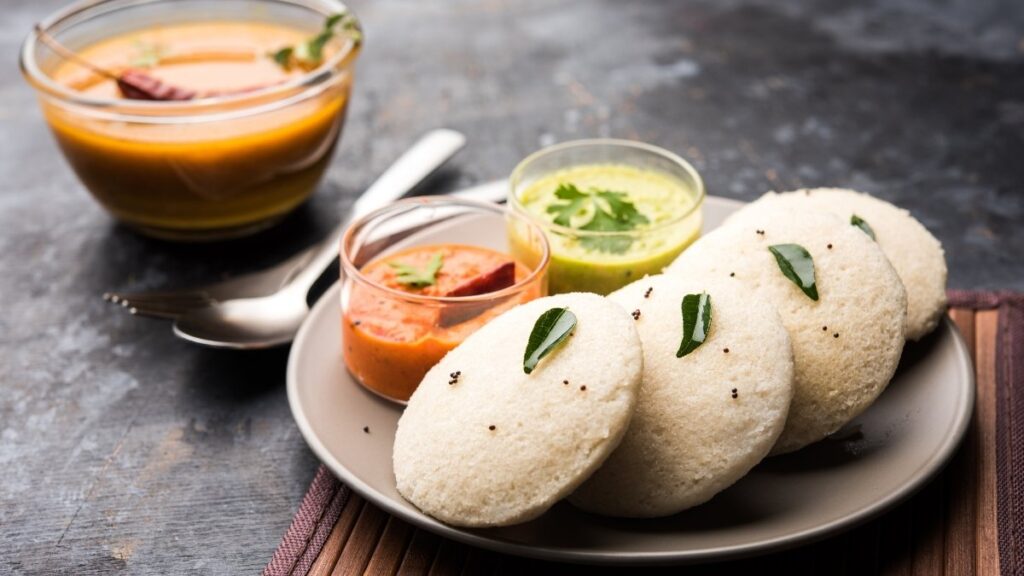
Each dish brings its own texture, spice level, and cultural twist – making breakfast a delightful experience, no matter where you are in India.
Best Dishes to Serve for a Traditional Indian Breakfast
Planning a traditional Indian breakfast menu? Here’s a list of must-haves to consider:
1. Paratha (Stuffed Flatbread)
- Stuffed with potato, paneer, or radish
- Served with butter, curd, and pickle
- Popular in North Indian homes
2. Idli & Sambar
- Steamed rice cakes with tangy lentil soup
- Healthy, gluten-free, and easy to digest
- A South Indian classic
3. Masala Dosa
- Thin crispy rice crepe stuffed with spicy potato filling
- Served with coconut chutney and sambar
- Great for brunch menus
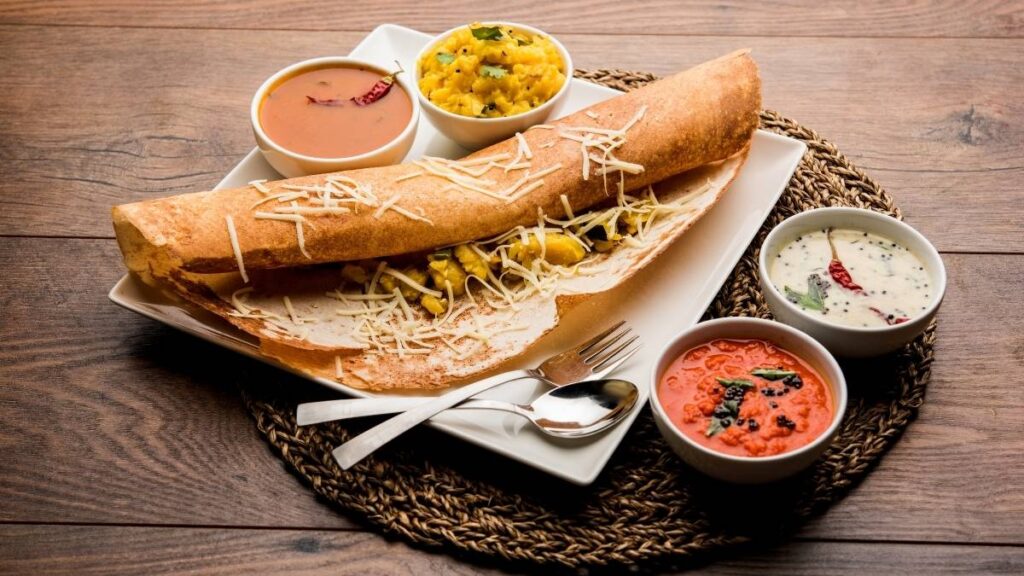
4. Poha (Flattened Rice)
- Light, spiced rice flakes with peanuts and veggies
- Common in Maharashtra and Madhya Pradesh
- Can be made in under 20 minutes
5. Chole Bhature
- Deep-fried bread with spicy chickpeas
- Heavy, indulgent, and often a weekend favorite
6. Upma
- A savory South Indian porridge made from semolina
- Served hot with a dash of lemon or coconut chutney
7. Thepla
- A Gujarati flatbread made with wheat, fenugreek, and spices
- Served with curd or mango pickle
Bonus Items: Don’t forget chai (spiced tea), lassi (yogurt drink), or filter coffee to complete the meal!
How to Build a Balanced Indian Breakfast – Explained Simply
A traditional Indian breakfast doesn’t just taste good – it’s also well-rounded. Here’s how to create balance:
- Carbs: Idli, dosa, poha, paratha
- Protein: Lentils in sambar or chole, curd, paneer
- Healthy fats: Ghee or butter in moderation
- Spices & Herbs: Turmeric, curry leaves, mustard seeds, coriander
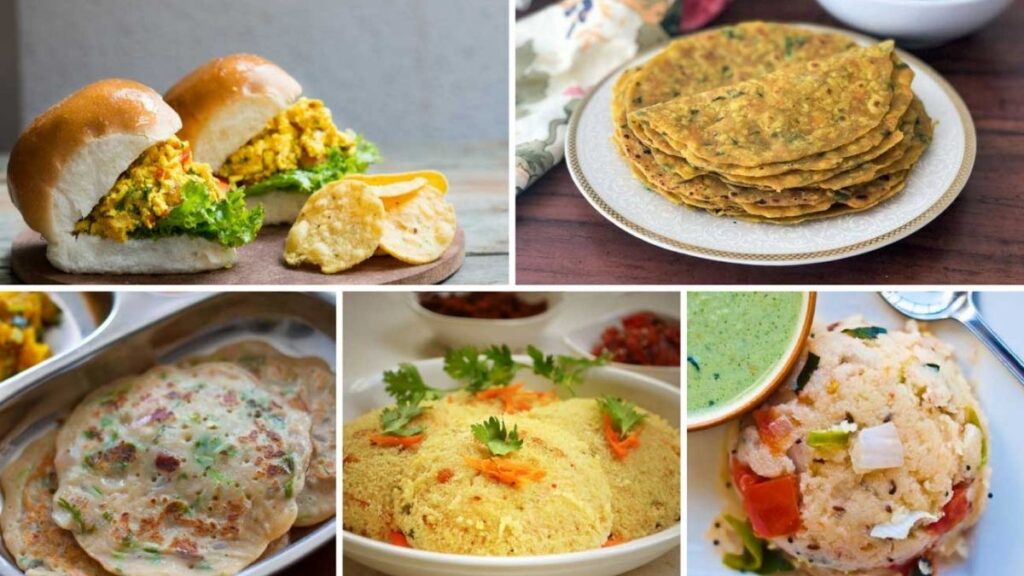
This combination helps you stay full longer, gives you sustained energy, and supports digestion.
Common Mistakes With Indian Breakfast and How to Avoid Them
Even seasoned cooks can get it wrong! Here are a few common errors:
- Making everything too heavy: Avoid deep-fried items every day; mix in steamed or light options.
- Skipping chutneys or sides: These add freshness and balance to spice-heavy dishes.
- Overcomplicating the menu: Stick to 1–2 main items with 1–2 sides – don’t try to cook a whole feast.
- Serving cold dishes: Most Indian breakfasts taste best fresh and hot.
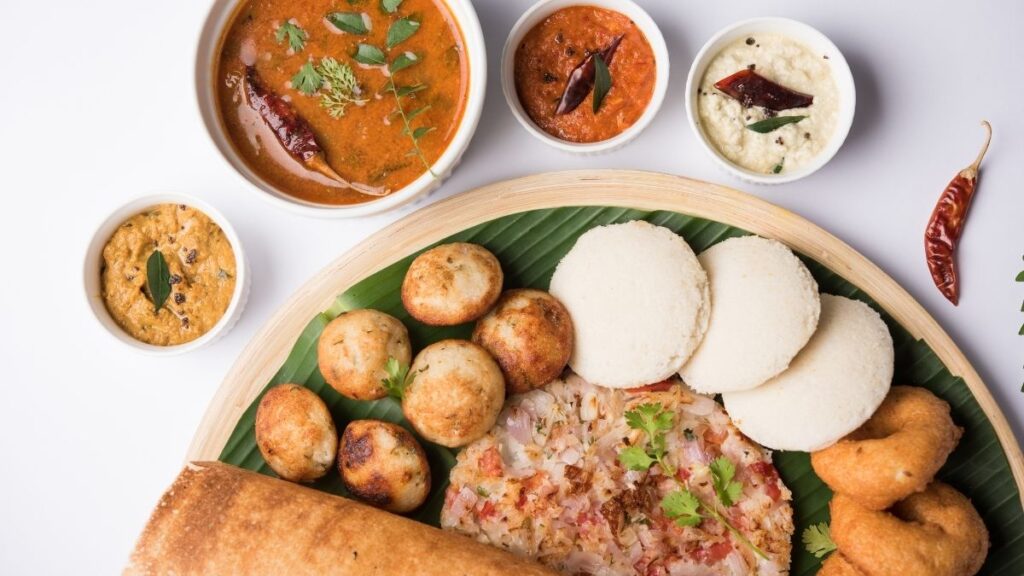
Best Tips to Make the Most of Your Indian Breakfast Menu
- Prep Ahead: Chop veggies, soak lentils, or ferment dosa batter the night before.
- Use Variety: Mix and match regions – try a South Indian dish with a North Indian drink!
- Keep It Seasonal: Add fresh fruits, seasonal chutneys, or greens depending on the time of year.
- Offer Multiple Spice Levels: Not everyone handles heat the same – keep one mild option handy.
When to Serve an Indian Breakfast (Beyond Mornings!)
While these dishes are made for mornings, they’re perfect for:
- Weekend brunches
- Festive breakfasts (Diwali, Holi, etc.)
- Potlucks or cultural events
- Lazy Sunday lunches (especially with Chole Bhature!)
Sample Indian Breakfast Menu (For 4 People)
Here’s a ready-to-use traditional menu idea:
| Dish | Type | Prep Time |
|---|---|---|
| Masala Dosa | Main | 30 mins |
| Coconut Chutney | Side | 10 mins |
| Sambar | Side | 25 mins |
| Filter Coffee | Beverage | 10 mins |
| Gulab Jamun (optional) | Dessert | 20 mins |
Swap dosa with parathas or idlis for a North/South twist!
What Makes Indian Breakfast Truly Special?
Indian breakfasts aren’t just meals – they’re a cultural experience.
Whether you’re starting your day with spicy poha or a warm plate of idli and chutney, these dishes bring comfort, variety, and nutrition to your morning routine. They’re hearty, customizable, and packed with flavor – making them a hit for both everyday mornings and special occasions.
So next time you’re wondering what to make for breakfast, go Indian. You won’t regret it.
FAQs: Indian Breakfast Menu
What is a typical Indian breakfast menu?
Common items include idli, dosa, paratha, poha, upma, chutney, and chai – depending on the region.
How is Indian breakfast different from Western breakfast?
Indian breakfasts are often savory, warm, and cooked – with more spices and regional variety.
Can I prepare an Indian breakfast quickly?
Yes! Dishes like poha, upma, or instant dosa can be made in 15–30 minutes.
Is Indian breakfast healthy?
Many dishes are rich in fiber, plant protein, and healthy fats – especially when steamed or lightly cooked.
What should I serve for a traditional Indian brunch?
Try a mix of dosas, chutneys, curd, parathas, and sweets like halwa or gulab jamun for a complete spread.
